Overview of Hunting in Texas
With its vast landscapes and abundant wildlife, Texas stands out as one of the premier destinations for big game hunts. The state offers over 1 million acres of public hunting land, including Wildlife Management Areas, national forests, and special draw hunt locations, giving hunters plenty of opportunities to experience the great outdoors. From the dense pine forests of East Texas to the rugged deserts of West Texas and the rolling terrain of the Edwards Plateau, each region presents unique challenges and rewards for hunters of all skill levels.
Texas is home to some of the most sought-after game animals in North America. White-tailed deer are the most popular, with Texas boasting one of the largest deer populations in the country. Trophy whitetails are a major draw for out-of-state hunters looking for impressive antlers. In addition to deer, hunters can pursue mule deer, pronghorn, black bear, and Rio Grande turkey. Migratory waterfowl seasons bring in waterfowl enthusiasts from all over the country, while feral hogs provide year-round hunting opportunities, often requiring thermal scopes for night hunting.
For those interested in exotic game, Texas offers free-range and high-fence hunting for a variety of species, including axis deer hunts, blackbuck antelope, fallow deer, and even American bison. Many of these hunts take place on private property, but there are also public lands that allow fair-chase hunts for exotic wildlife.
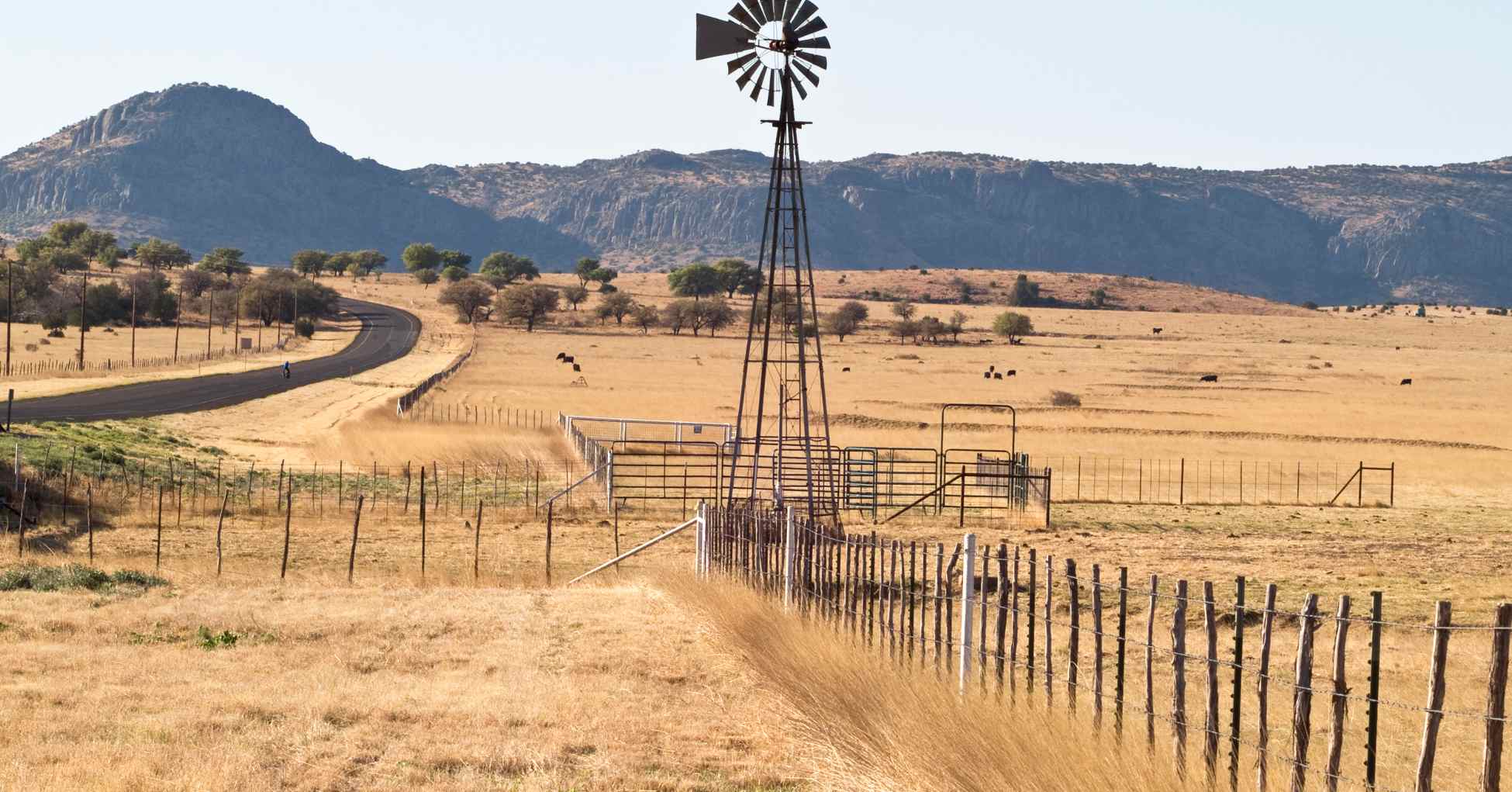
The Texas Parks & Wildlife Department (TPWD) plays a crucial role in managing wildlife populations and ensuring sustainable hunting practices. Through the Public Hunting Program and Annual Public Hunting (APH) Permit, hunters gain access to managed lands, making it easier to find quality hunting opportunities across the state. TPWD also enforces migratory game bird proclamations to regulate seasons and ensure healthy populations.
Whether you’re after big game, non-game species, or simply the experience of hunting in Texas’ wide-open spaces, the state offers something for everyone. With long seasons, diverse species, and a strong hunting tradition, Texas continues to be a top-notch choice for hunters from all over the country.
Public Hunting Lands in Texas
While much of Texas is privately owned, the state still offers over 1 million acres of publicly accessible land through the Texas Parks & Wildlife Department (TPWD) Public Hunting Program. This includes Wildlife Management Areas (WMAs), state parks, national forests, and select Army Corps of Engineers lands, providing a range of options for hunters seeking public access. Hunterizer offers an interactive map o that helps hunters locate designated areas for various species and game animal opportunities.
Wildlife Management Areas (WMAs) serve as the backbone of Texas’ public hunting system. These areas are managed specifically for wildlife conservation and provide opportunities for hunting a variety of species, including white-tailed deer, Rio Grande turkey, waterfowl, and feral hogs. Most WMAs require a regular permit, Limited Public Use (LPU) Permit, or the Annual Public Hunting (APH) Permit for access.
National Forests and Grasslands offer additional public hunting opportunities in Texas. The Sam Houston, Davy Crockett, Angelina, and Sabine National Forests, as well as the LBJ and Caddo National Grasslands, allow hunting under state regulations. These lands are particularly popular for deer, feral hogs, and small game hunting. For those looking for a challenging hunt, rugged terrain and dense forests make for exciting hunts using tree stands and ground blinds.
Army Corps of Engineers Lands provide hunting access around several reservoirs across the state, such as Lake Whitney, Lake Texoma, and Sam Rayburn Reservoir. Hunters should check with individual lake offices for regulations and permit requirements, as some locations may have restrictions due to federal agencies managing water resources.
Texas also offers Special Draw Hunts, which provide limited-access opportunities on both public and private lands. These highly managed hunts take place on WMAs, state parks, and even some federal lands, offering chances at quality game with reduced hunting pressure. These hunts are a great time for youth hunters to gain experience, as well as for experienced hunters looking for trophy whitetails or elk hunts.
Private Land Access
With over 95% of Texas land privately owned, many hunters gain access to private properties through lease agreements, hunting clubs, or guided outfitters. Private landowners offer hunting leases for everything from Texas whitetail and migratory waterfowl to exotic species like blackbuck antelope and exotic game such as axis deer hunts.
However, TPWD also facilitates access to private lands through its Public Hunting Lease Program, which opens certain private properties for regulated public hunting. Some properties even offer fair-chase hunts for species like elk and fallow deer, providing hunters with incredible big game hunt opportunities.
Hunters seeking private land opportunities should always secure permission, follow landowner guidelines, and be mindful of Texas’ purple paint law, which designates private land boundaries where hunting is not permitted without explicit permission. A hunter education certificate is required for many hunting opportunities, ensuring all Texas residents and out-of-state hunters meet state regulations before heading into the field.
For those looking for guide services, Texas is home to some great guides offering top-notch experiences on private ranches. Whether it’s corporate retreats, family hunting trips, or solo fair-chase hunts, Texas outfitters provide excellent options for both seasoned hunters and newcomers. Many guides also help track and recover wounded game, ensuring ethical hunting practices.
Additional Hunting Considerations
Texas offers a wide range of big game hunts, fair-chase hunts, and trophy whitetail hunts across millions of square miles. Whether you’re hunting on private property, public lands, or through a carefully managed draw system, there’s no shortage of opportunities.
Before heading out, hunters should visit the wildlife department website to review current regulations, migratory game bird proclamations, and ensure they have the necessary proof of certification for hunting licenses. In addition to Hunterizer, Texas Parks & Wildlife also provides an interactive map for locating hunting areas, permits, and species availability.
With an abundance of wild game, carefully managed conservation programs, and a deep-rooted hunting culture, Texas continues to be a premier hunting destination for all skill levels. Whether you’re tracking trophy whitetails in the brush country, setting up ground blinds for elk hunts, or scanning open fields with thermal scopes for feral hogs, Texas hunting offers something unforgettable for every hunter.
Species to Hunt in Texas
Texas is home to an incredible variety of game species, making it a versatile destination for hunters. Here’s a look at the key species you can pursue:
Game Animals
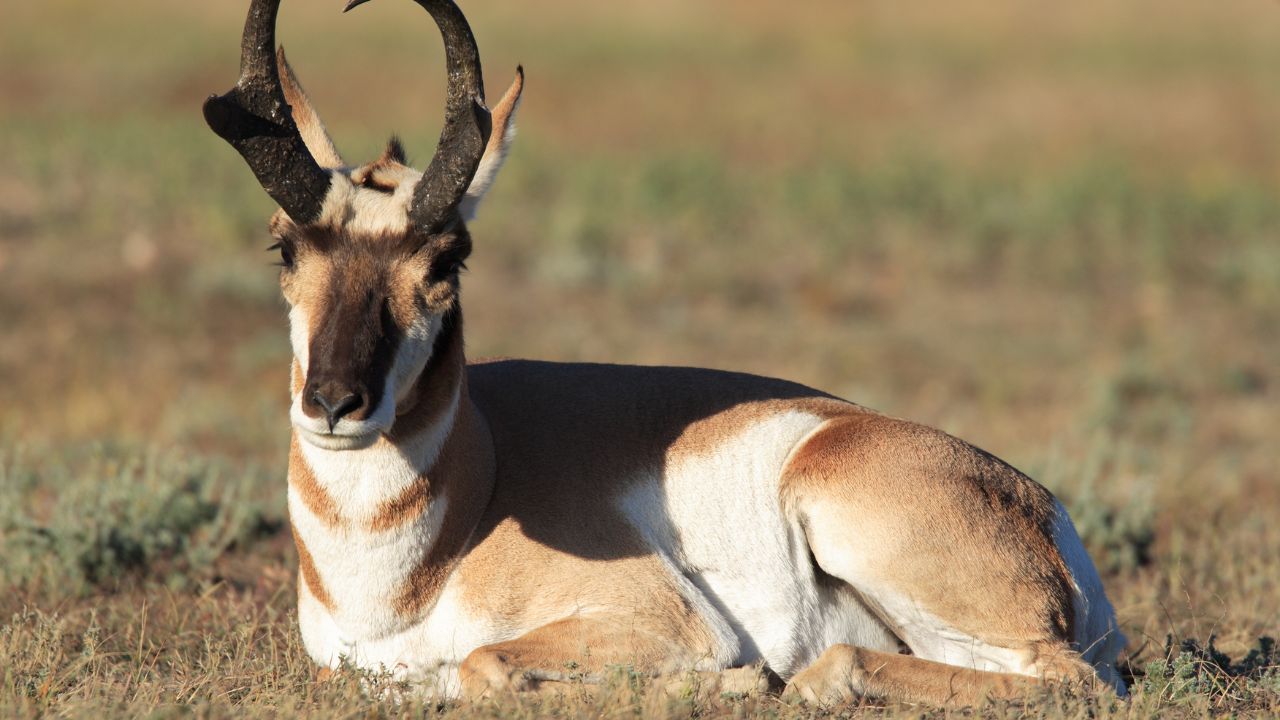
Pronghorn Antelope
One of the fastest land animals in North America, pronghorns inhabit the grasslands and deserts of the Texas Panhandle and Trans-Pecos.
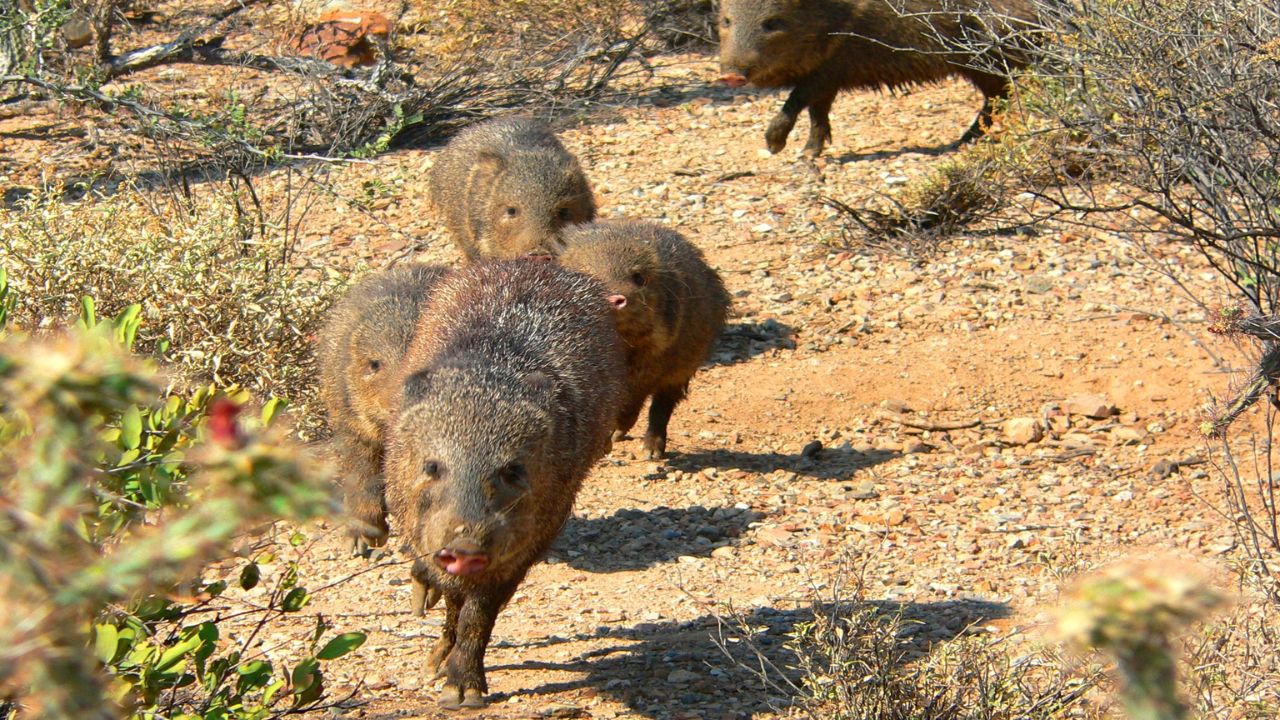
Javelina
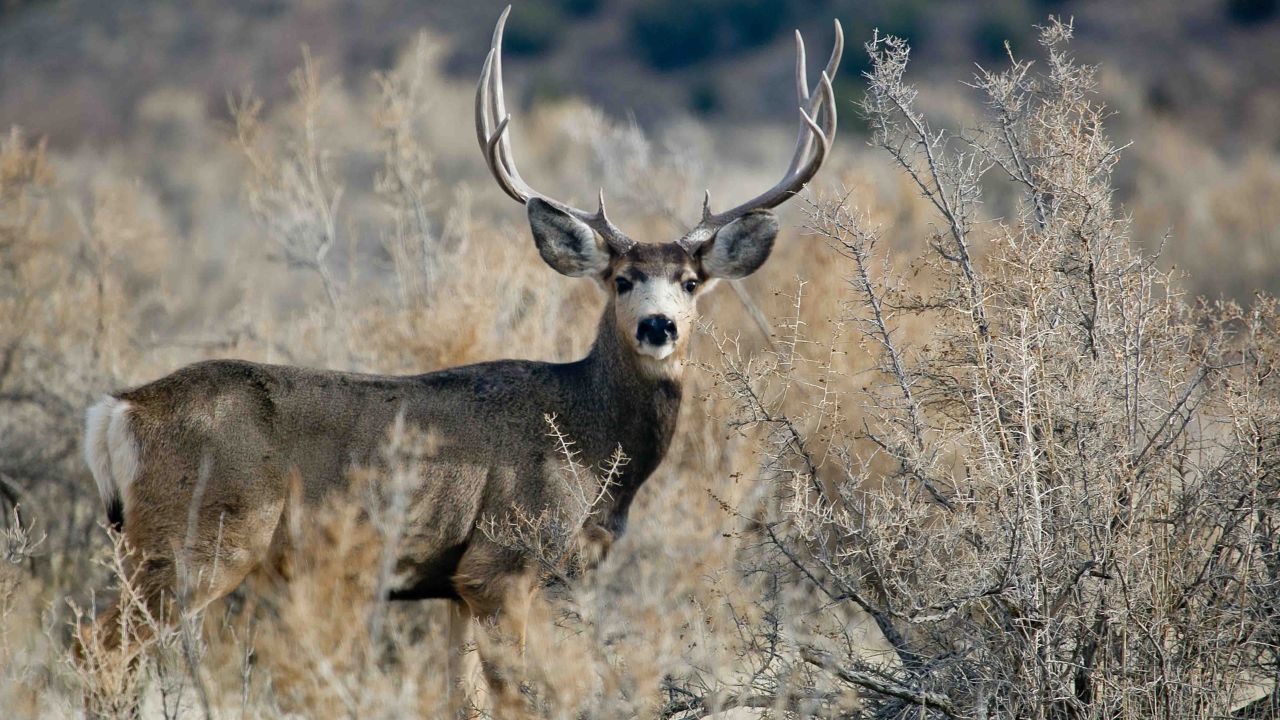
Mule Deer

Whitetail Deer
The most abundant big game species in Texas, thriving in a variety of habitats across the state.

Squirrel
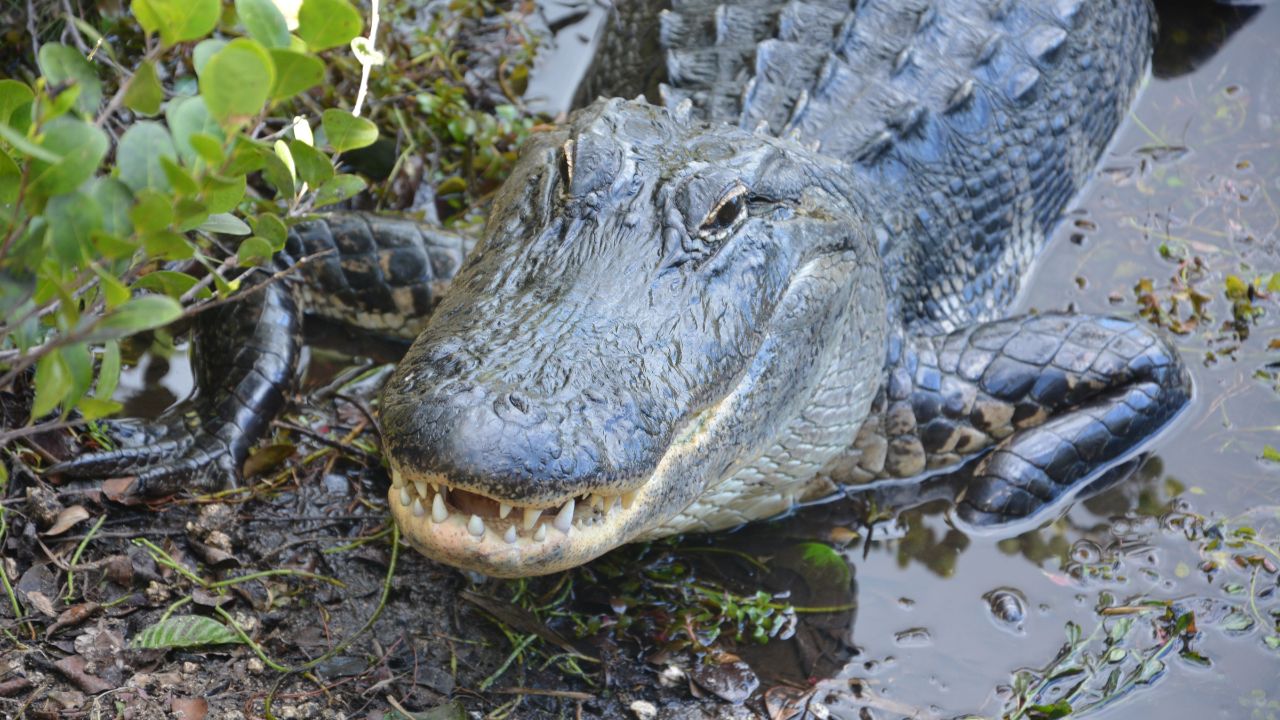
Alligator
Native to East and Southeast Texas, alligator hunting is strictly regulated and requires special permits.
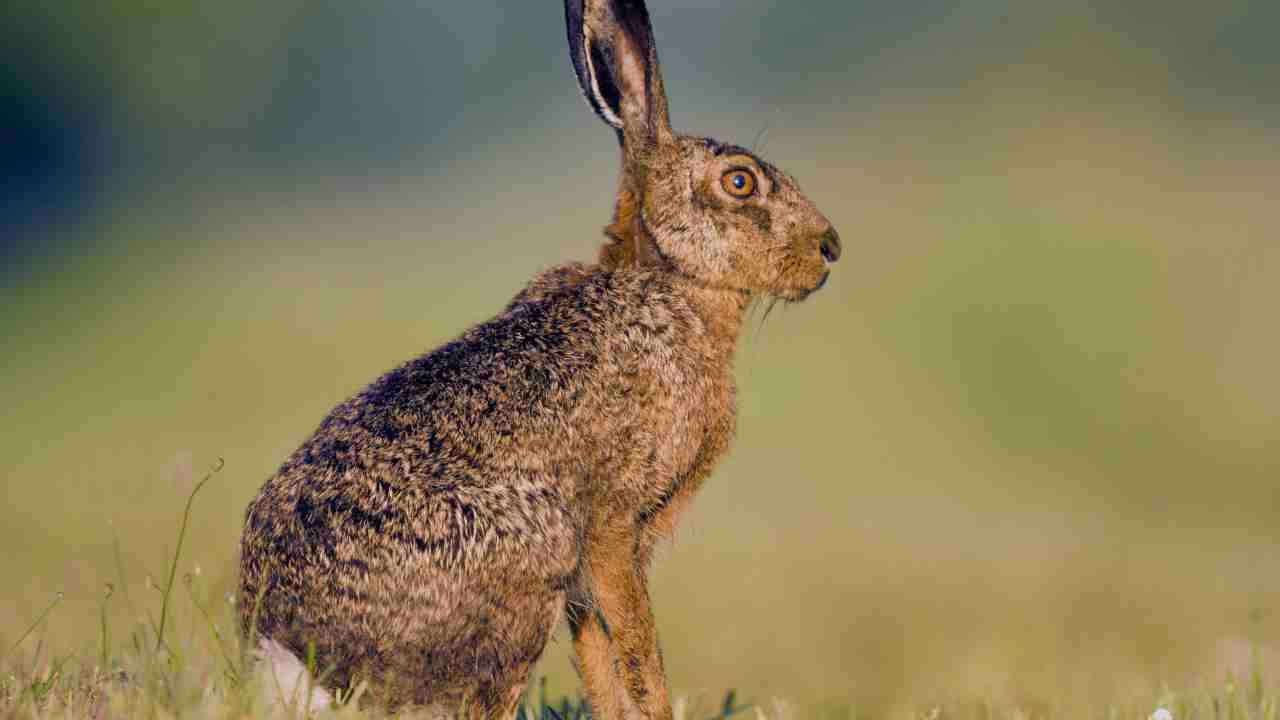
Rabbits & Hares
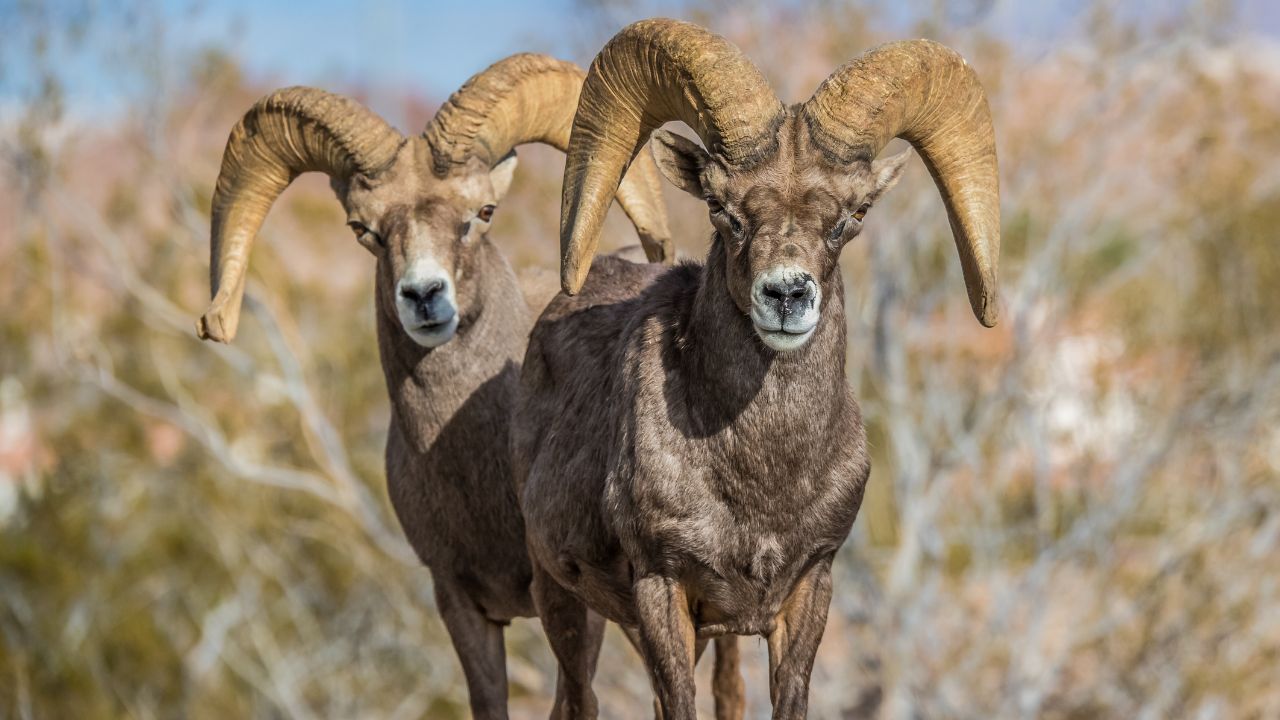
Desert Bighorn Sheep
Migratory Game Birds
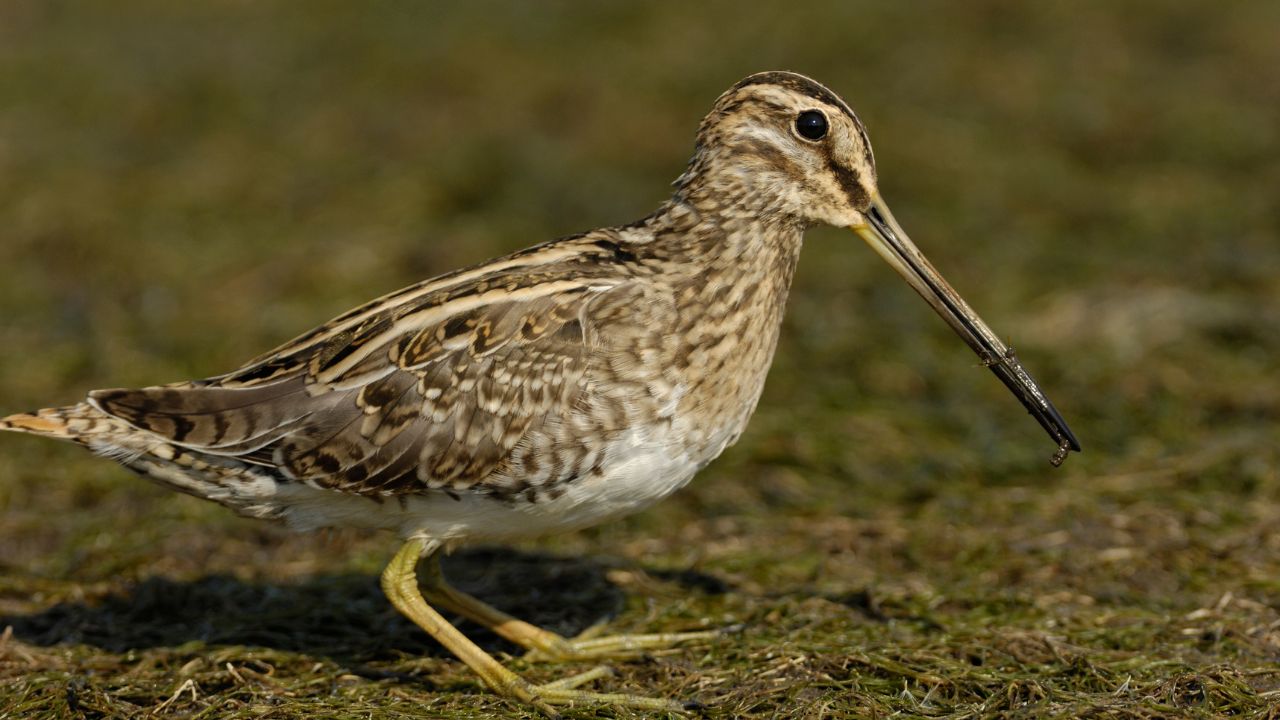
Common Snipe
A small, fast-flying bird that migrates through Texas and is commonly found in marshes and wetlands.
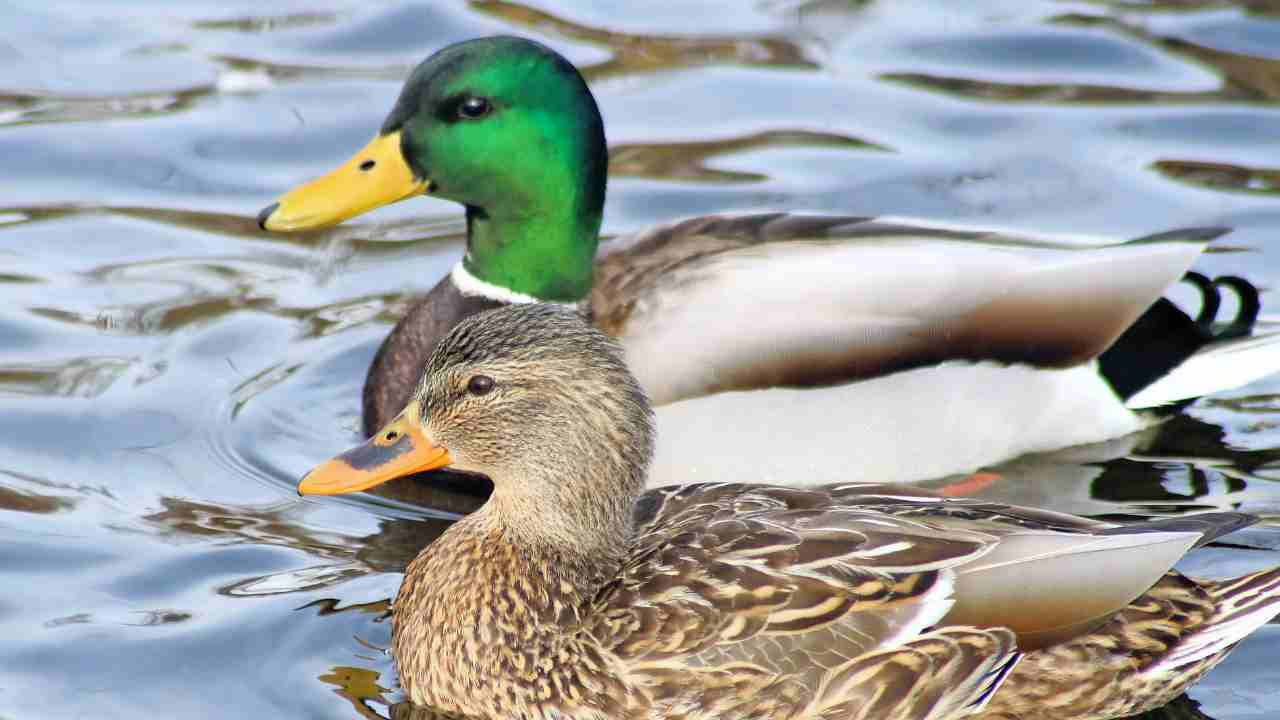
Duck

Doves
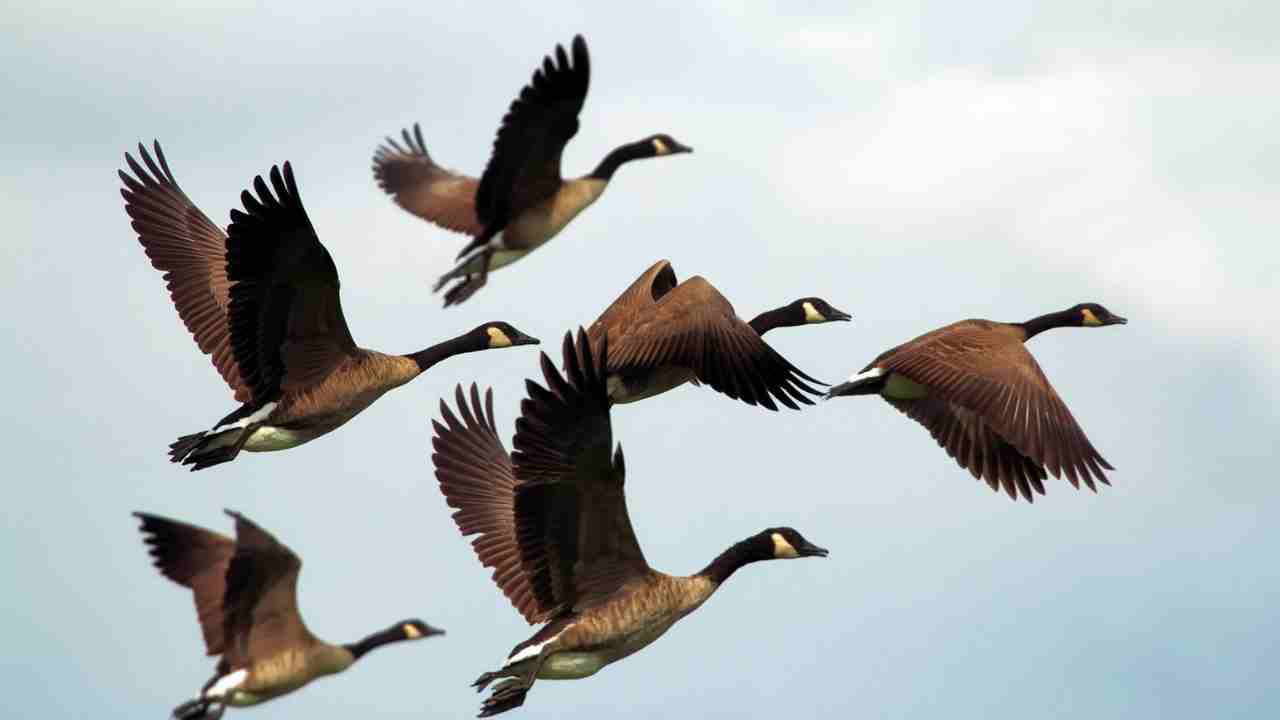
Goose
Texas provides excellent hunting for snow geese, Canada geese, and speckle-bellied geese, especially in coastal and Panhandle regions.

Rails, Gallinules & Moorhens
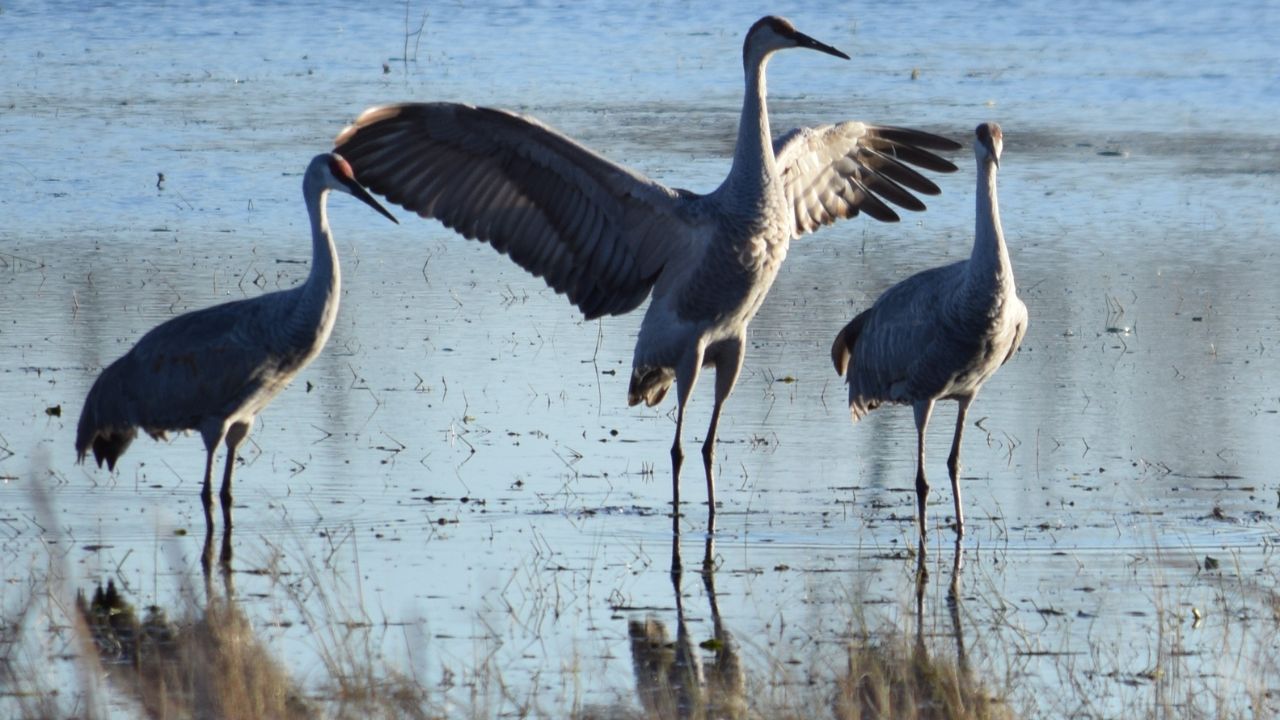
Sandhill Cranes
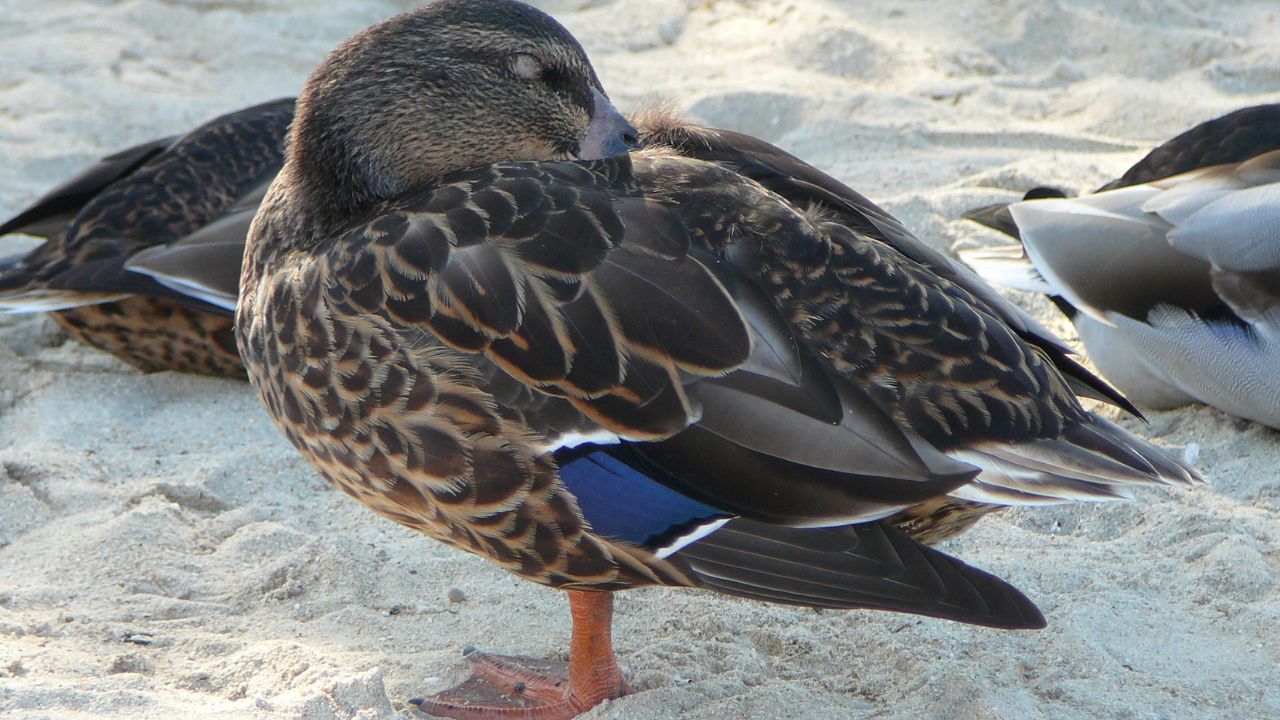
Teal
Blue-winged and green-winged teal arrive early in the season, leading to a special early teal hunting season.

Woodcock
Fur-Bearing Animals
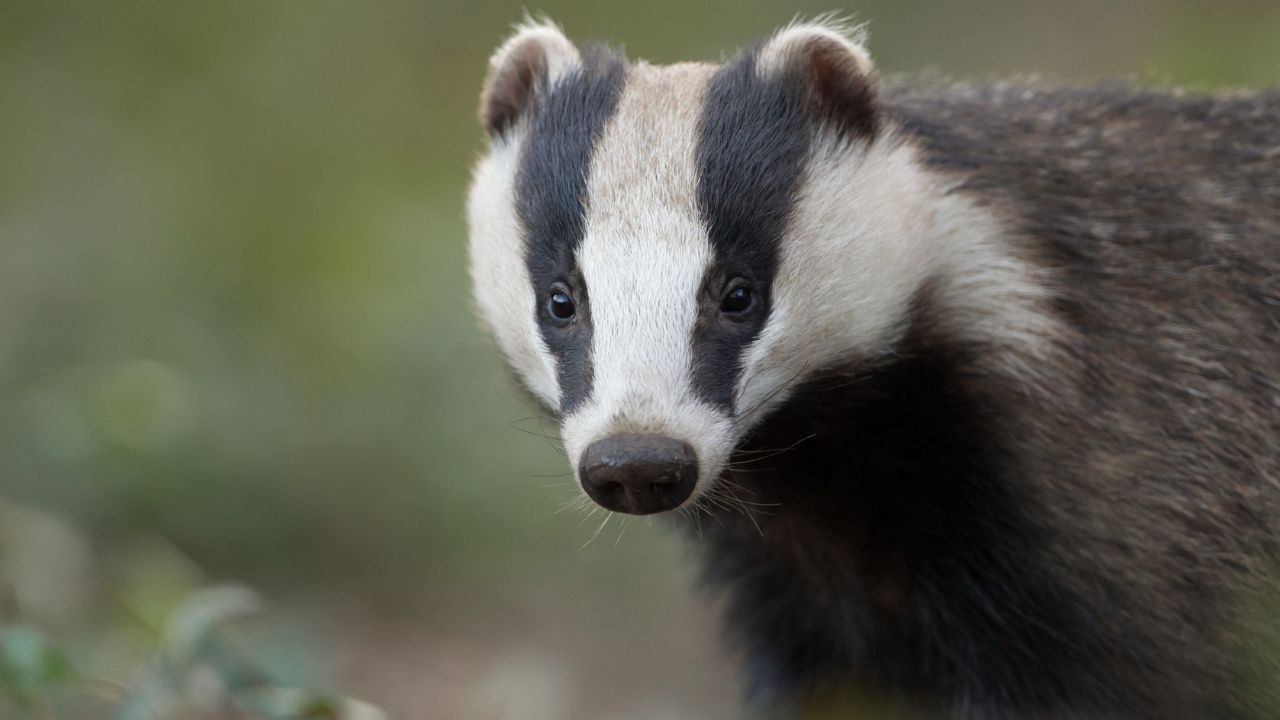
Badger
A burrowing carnivore found in open prairies and grasslands.
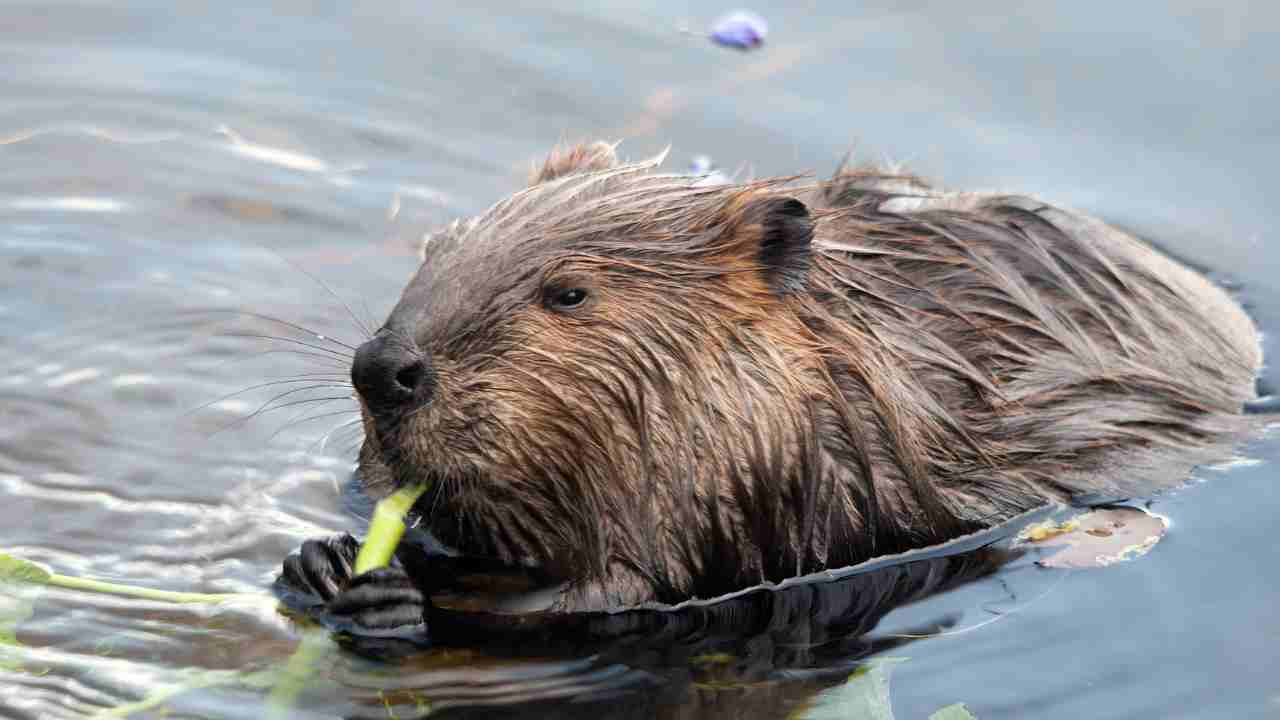
Beaver

Fox (Red & Gray)

Mink
A semi-aquatic predator found near lakes and streams.
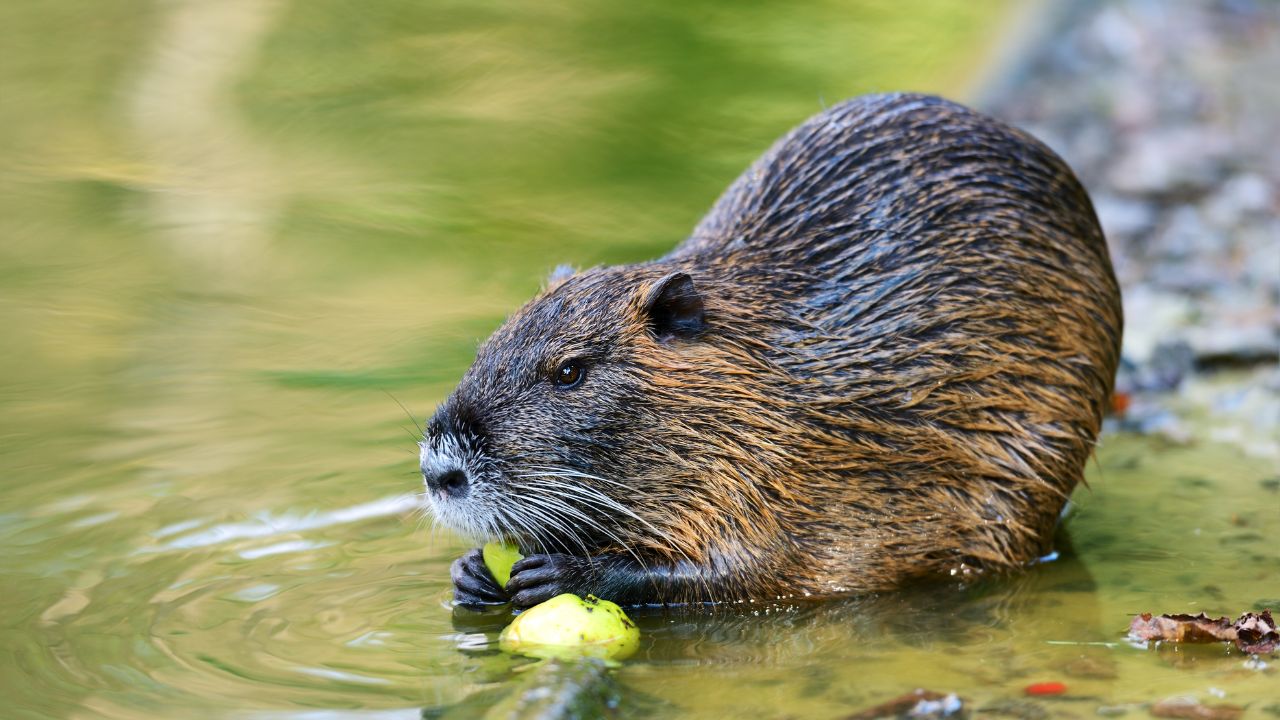
Muskrat

Nutria

Opossum
North America’s only marsupial, highly adaptable to both urban and rural environments.

Otter

Raccoon

Ring-tailed Cat
A small, tree-climbing relative of the raccoon, often spotted in rocky habitats.
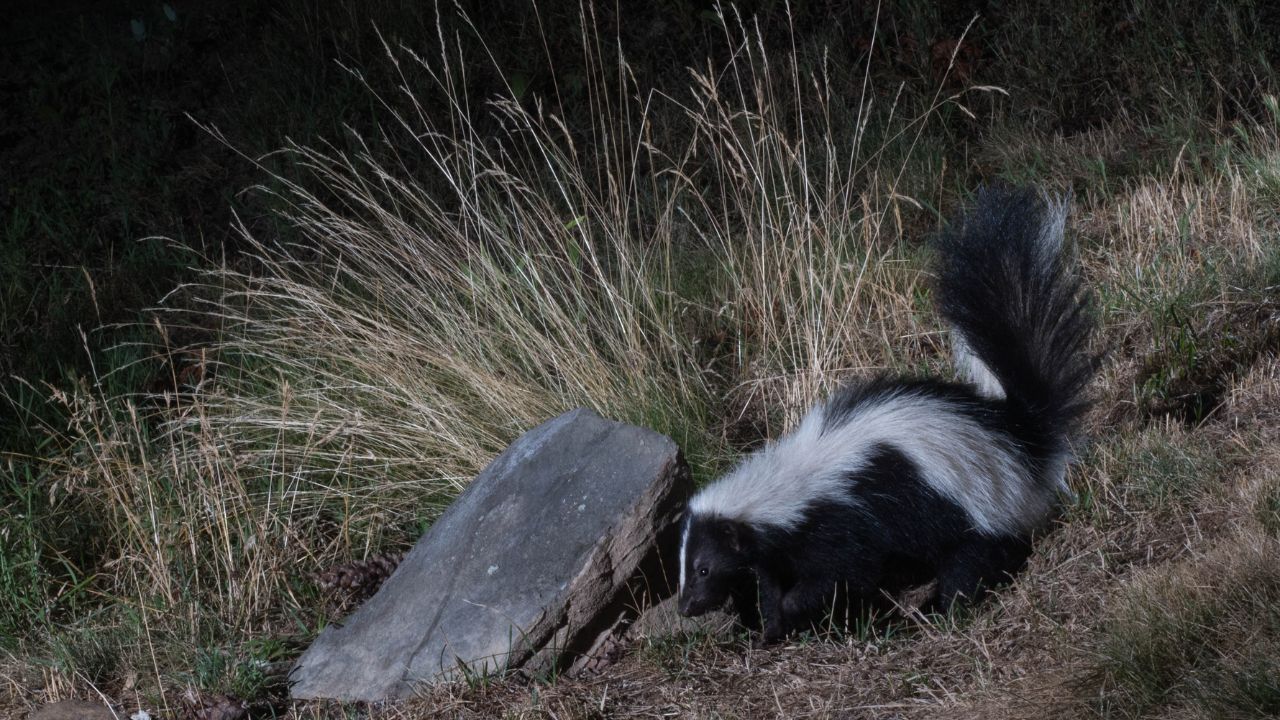
Skunk (Striped & Spotted)
Nongame Animals

Armadillo
Texas’ iconic armored mammal, often seen along roadsides and in fields.
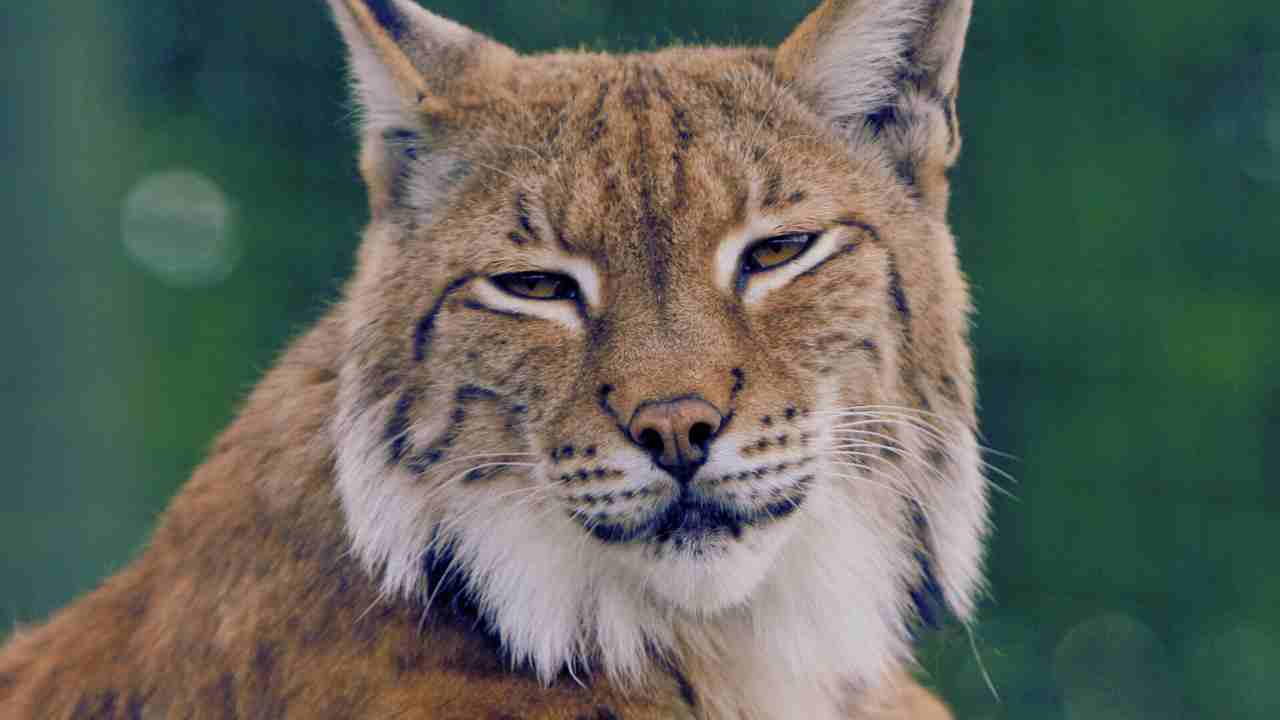
Bobcat
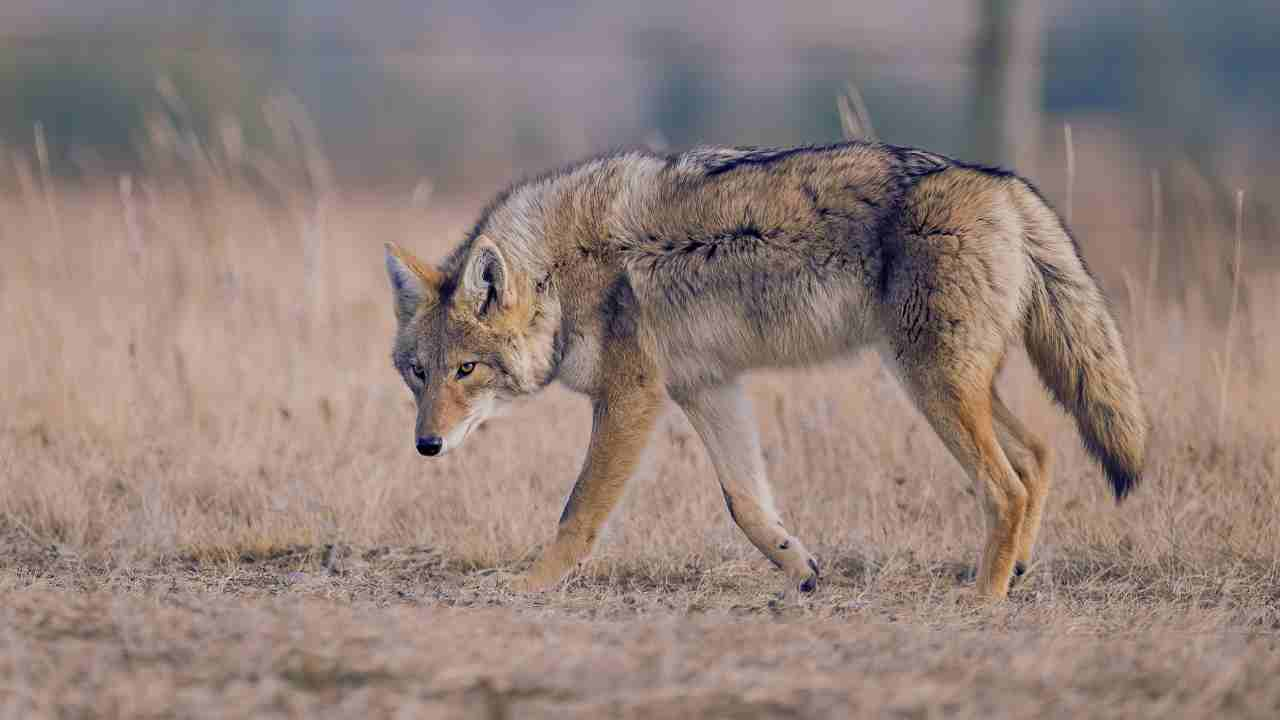
Coyote
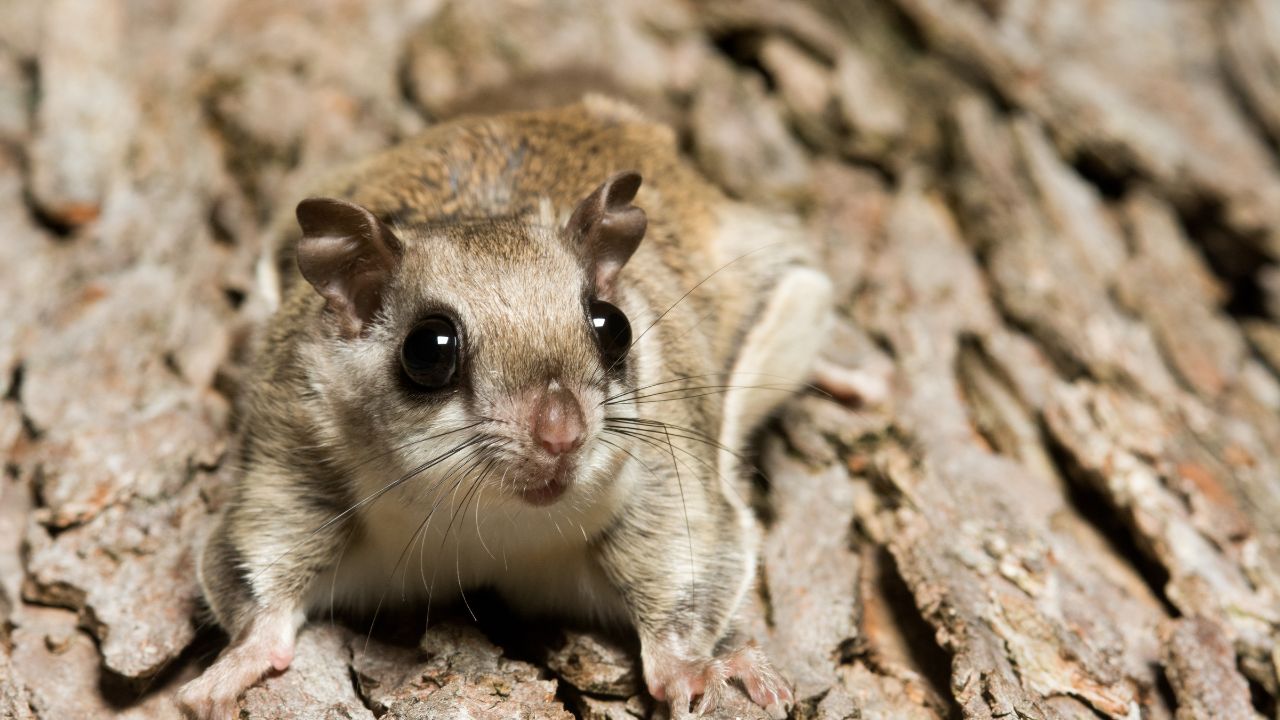
Flying Squirrel
Nocturnal and rarely seen, these small gliding rodents inhabit East Texas
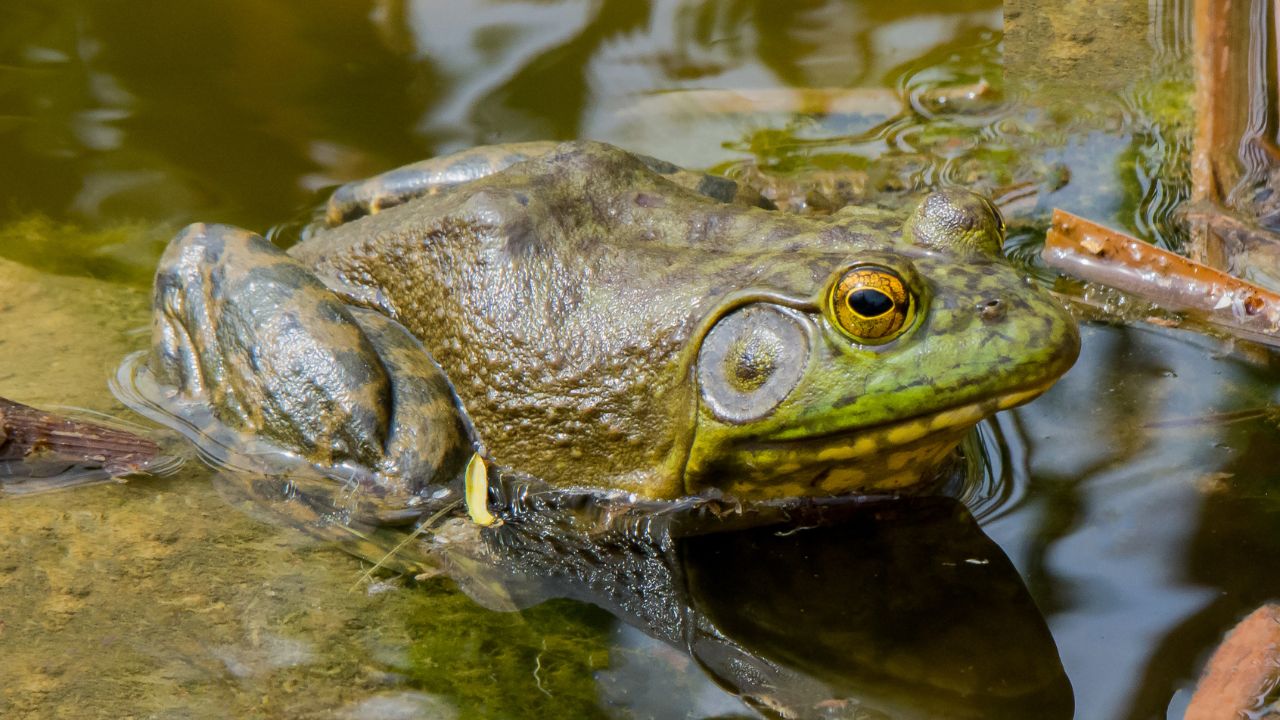
Frogs
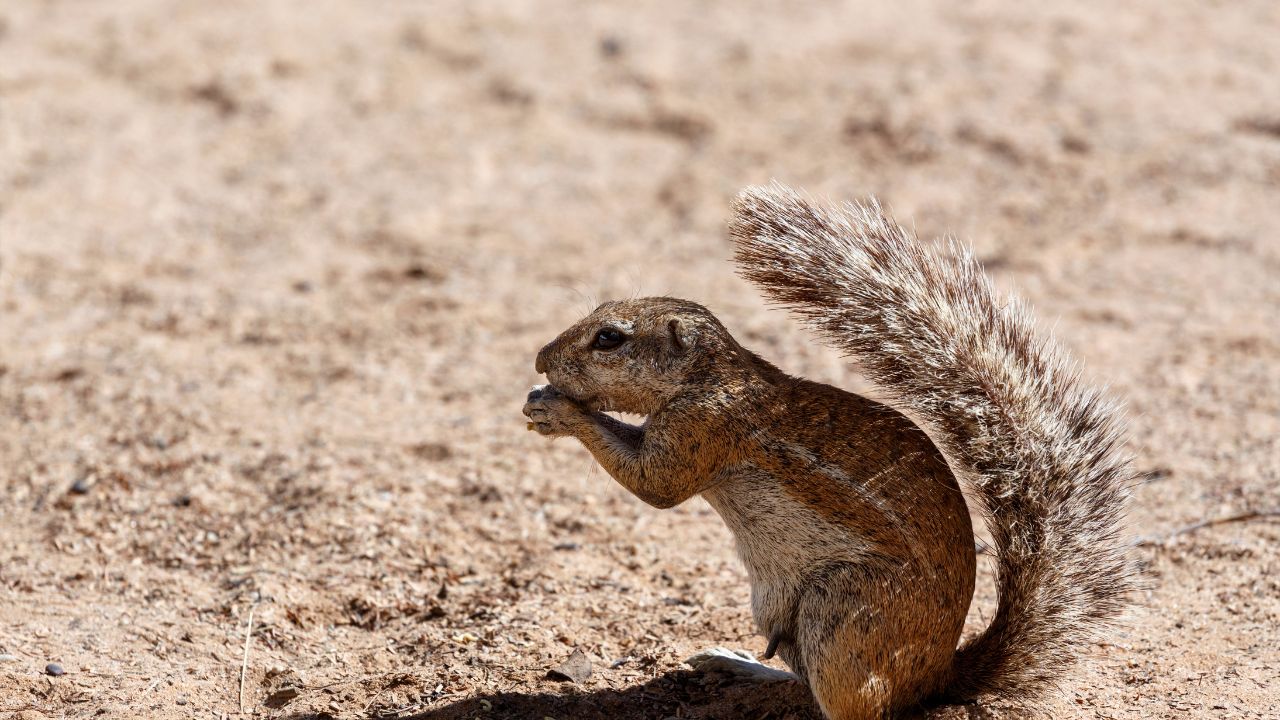
Ground Squirrel

Mountain Lion
A rare but powerful predator, primarily found in West and South Texas.
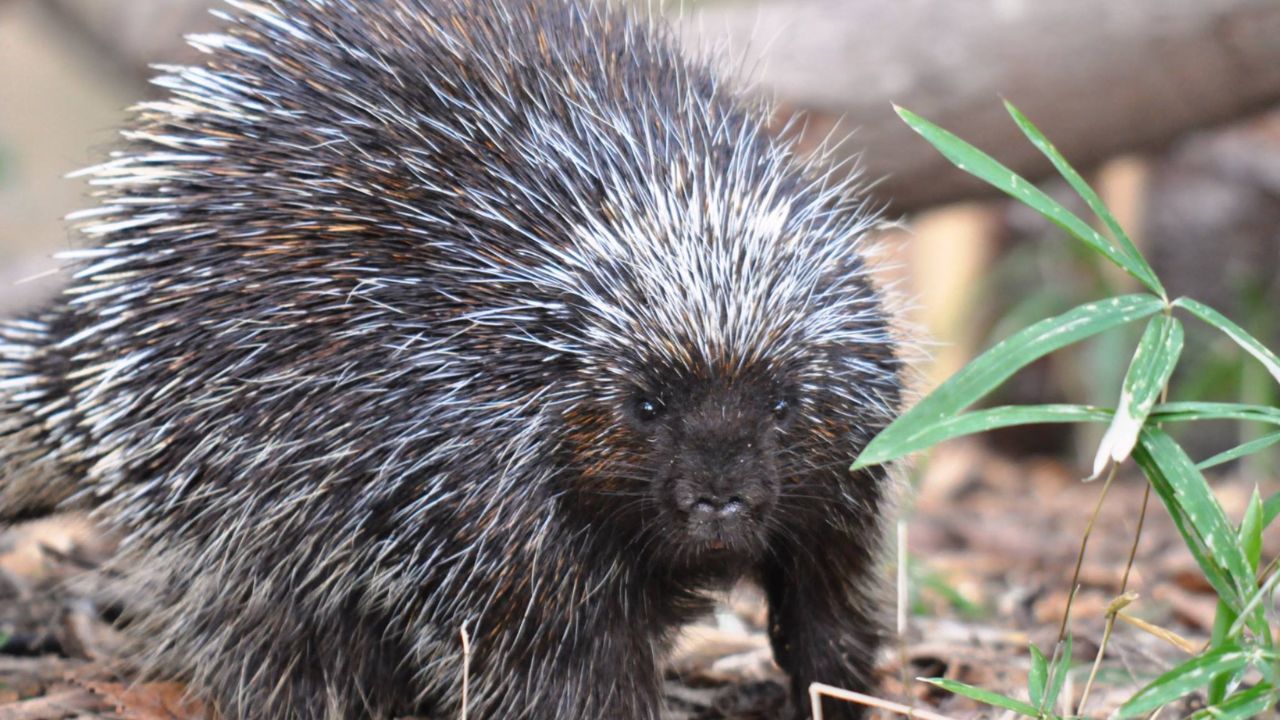
Porcupine
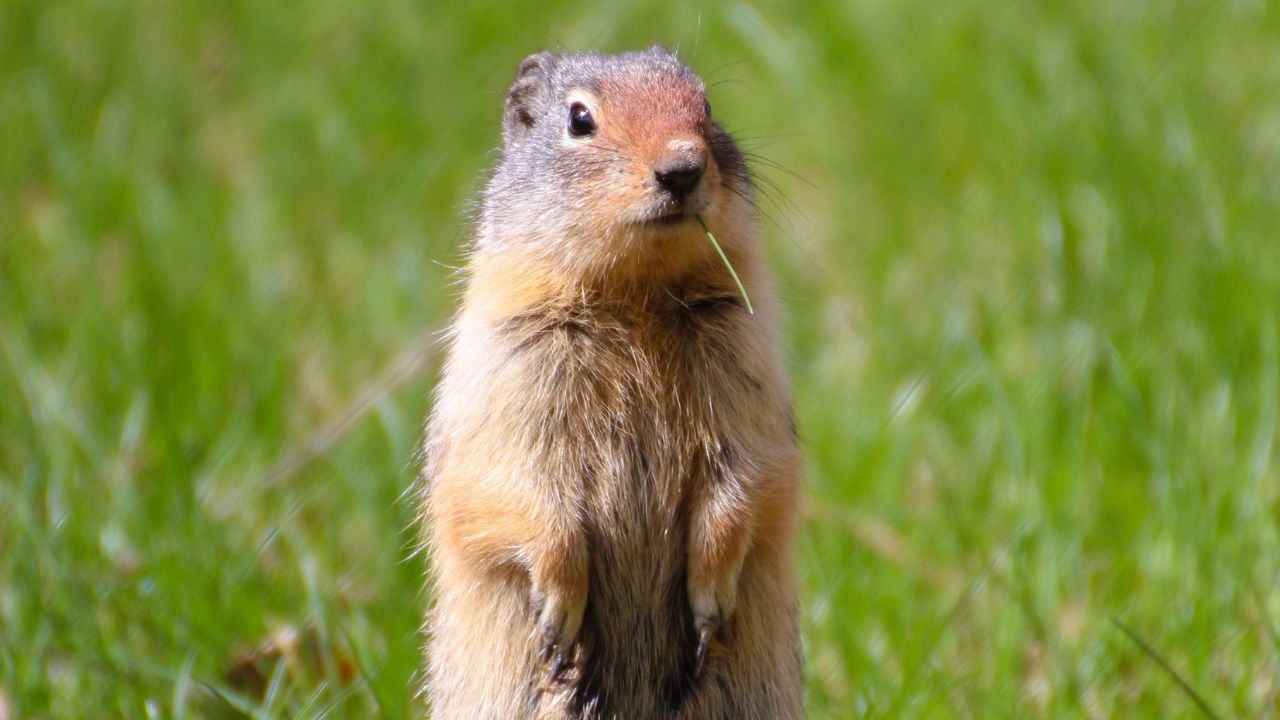
Prairie Dog
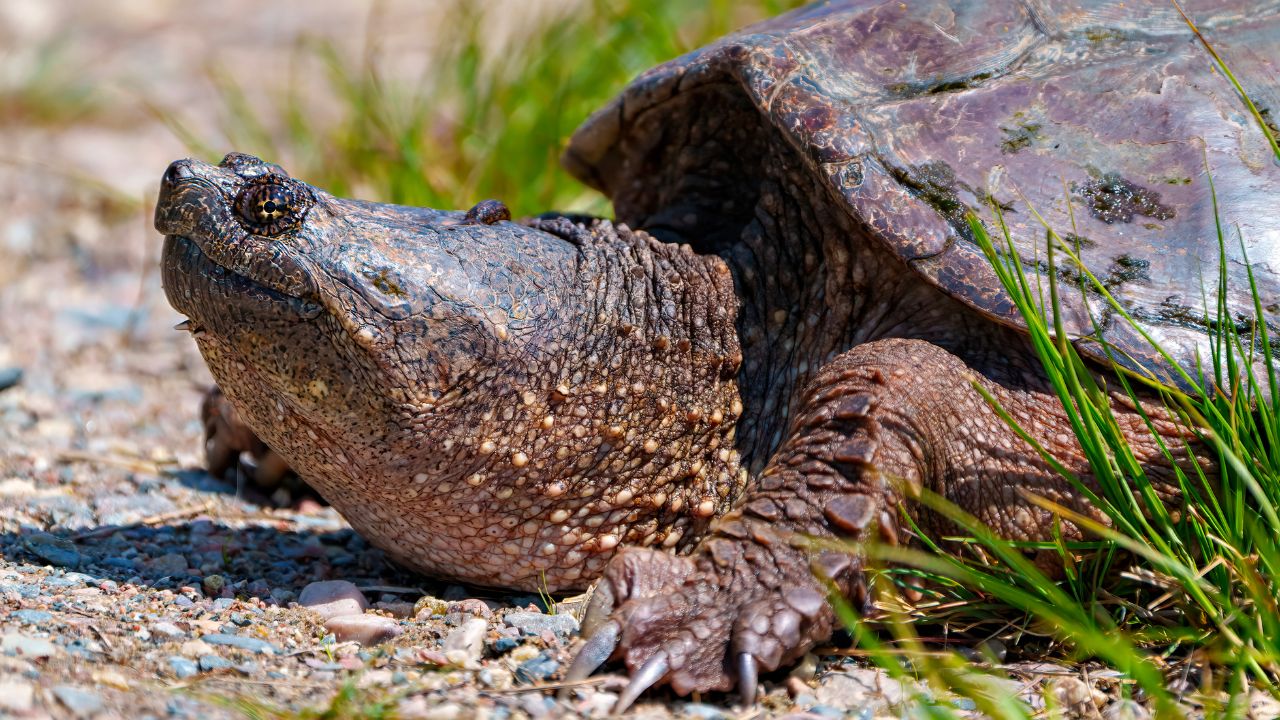
Turtles (Freshwater)
Hunting Seasons
Coming Soon
Licenses and Tags in Texas
Here’s a simplified overview of hunting licenses and add-ons available in Texas.
| License Type | Eligibility | Fee |
| Resident Hunting | Resident | $25.00 |
| Senior Resident Hunting | Resident | $7.00 |
| General Non-Resident Hunting | Non-Resident | $315.00 |
| Non-Resident Special Hunting | Non-Resident | $132.00 |
| Super Combo Package | Resident | $68.00 |
| Res Sr Super Combo Package | Resident | $32.00 |
| Non-Resident Spring Turkey Hunting | Non-Resident | $126.00 |
| Non-Resident Banded Bird Hunting | Non-Resident | $27.00 |
| Hunting Lease (Small) | Resident and Non-Resident | $79.00 |
| Hunting Lease (Medium) | Resident and Non-Resident | $147.00 |
| Hunting Lease (Large) | Resident and Non-Resident | $252.00 |
| Archery Hunting Endorsement | Resident and Non-Resident | $7.00 |
| HIP Certification | Resident and Non-Resident | $- |
| Federal Duck Stamp | Resident and Non-Resident | $28.50 |
| Non-Resident Five-Day Special Hunting | Non-Resident | $48.00 |
| Deferred Hunter Education Option | Resident and Non-Resident | $10.00 |
| Upland Game Bird Endorsement | Resident and Non-Resident | $7.00 |
| Migratory Game Bird Endorsement | Resident and Non-Resident | $7.00 |
| Youth Hunting License | Resident and Non-Resident | $7.00 |
| Annual Public Hunting Permit | Resident and Non-Resident | $48.00 |
| Limited Public Use Permit | Resident and Non-Resident | $12.00 |
| Reptile and Amphibian Endorsement | Resident and Non-Resident | $10.00 |
| Resident Combo Hunting and Freshwater Fish Pkg | Resident | $50.00 |
| Resident Combo Hunting and Saltwater Fish Pkg | Resident | $55.00 |
| Resident Combo Hunting and All Water Fish Pkg | Resident | $60.00 |
| Resident Combo Senior Hunting and Freshwater Fish | Resident | $16.00 |
| Resident Combo Senior Hunting and Saltwater Fish | Resident | $21.00 |
| Resident Combo Senior Hunting and All Water Fish | Resident | $26.00 |
Final Thoughts
Texas offers some of the most diverse and rewarding hunting opportunities in the country. From its vast network of public hunting areas and thriving wildlife populations to its deep-rooted hunting traditions, the Lone Star State is a premier destination for Texas hunters.
With careful planning and an understanding of the state’s game laws, hunters can enjoy a successful hunt while contributing to Texas’ long legacy of conservation and wildlife management. Take advantage of the wide variety of resources offered by Texas Parks & Wildlife, respect the land and wildlife, and experience the unforgettable thrill of hunting in Texas.